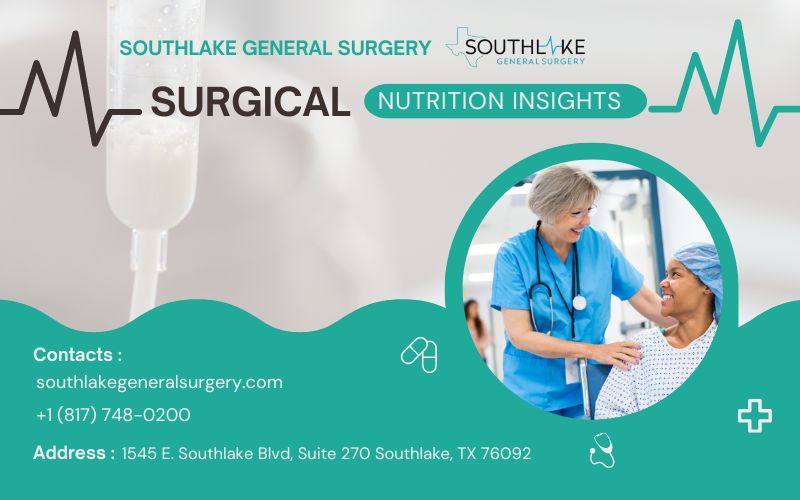Surgical nutrition plays a crucial role in optimizing patient outcomes and promoting the healing process. As advancements in surgical techniques continue to evolve, so does the understanding of the impact of nutrition on postoperative recovery.
To reduce complications and enhance patient recovery, healthcare professionals are increasingly recognizing the significance of tailored nutritional interventions in the perioperative period. This article aims to provide insights into the importance of surgical nutrition and highlight key considerations for healthcare providers in optimizing patient care.
Key Highlights
- This article aims to provide insights into the importance of surgical nutrition and highlight key considerations for healthcare providers in optimizing patient care.
- Potential Complications and Considerations: Some potential complications of enteral feeding include aspiration pneumonia, tube displacement or obstruction, and gastrointestinal intolerance.
- Factors such as the patient’s ability to tolerate the feeding formula, the duration of enteral nutrition needed, and the potential for long-term complications must be considered.
- Dr. Valeria Simone MD, an experienced general surgeon at Southlake General Surgery, Texas, USA, emphasizes the importance of a comprehensive approach to feeding therapy.
Understanding Enteral Feeding
Enteral feeding can help maintain the patient’s nutritional status, promote wound healing, and reduce the risk of complications. The choice of enteral feeding route, such as a nasogastric or gastrostomy tube, depends on the patient’s condition and the anticipated duration of feeding.
Healthcare providers must carefully monitor and adjust the enteral feeding regimen to meet the patient’s changing nutritional needs throughout the perioperative period.
Overall, understanding and implementing enteral feeding strategies can contribute to improved patient outcomes and a faster recovery after surgery.
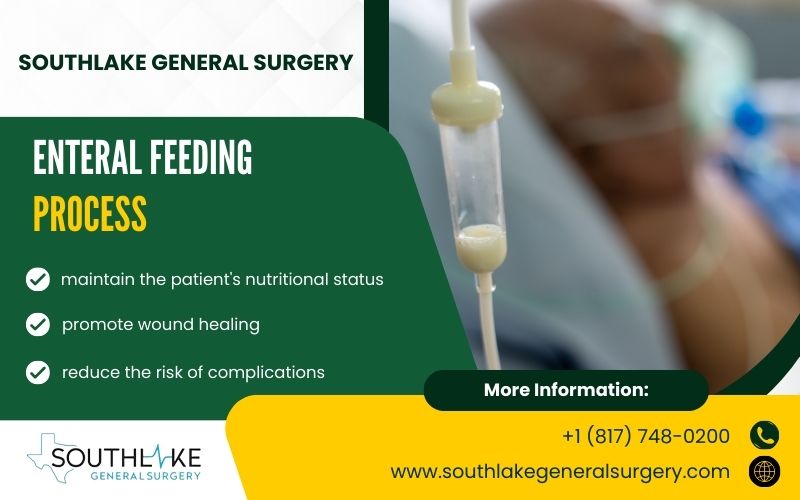
When and Why Enteral Feeding is Necessary in Surgical Nutrition
Enteral feeding is necessary when a patient is unable to consume adequate nutrition orally, either due to a medical condition or because of surgery. This may be due to factors such as impaired swallowing, gastrointestinal dysfunction, or the need for bowel rest.
By providing essential nutrients directly into the gastrointestinal tract, enteral feeding can help maintain nutritional status, support healing, and prevent complications. The timing of enteral feeding initiation will depend on various factors, including the patient’s overall condition, surgical procedure, and the presence of any contraindications.
Types of Enteral Feeding Tubes for Surgical Nutrition
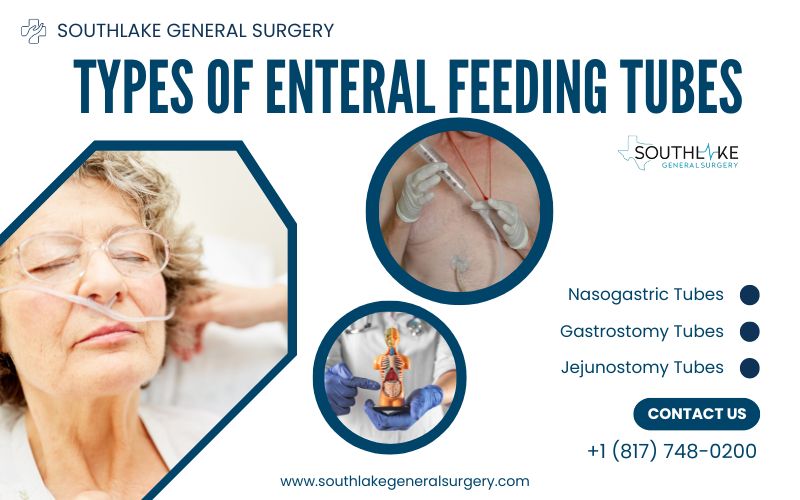
Several types of enteral feeding tubes can be used under surgical nutrition, depending on the specific needs of the patient. The most common types include nasogastric tubes, which are inserted through the nose and into the stomach, and gastrostomy tubes, which are surgically placed directly into the stomach.
Other types include jejunostomy tubes, which are inserted into the jejunum, and nasoenteric tubes, which are inserted through the nose and into the small intestine.
The choice of tube will depend on factors such as the patient’s ability to tolerate oral feeding, the anticipated duration of the feeding tube, and the patient’s overall health.
Placing the Feeding Tube
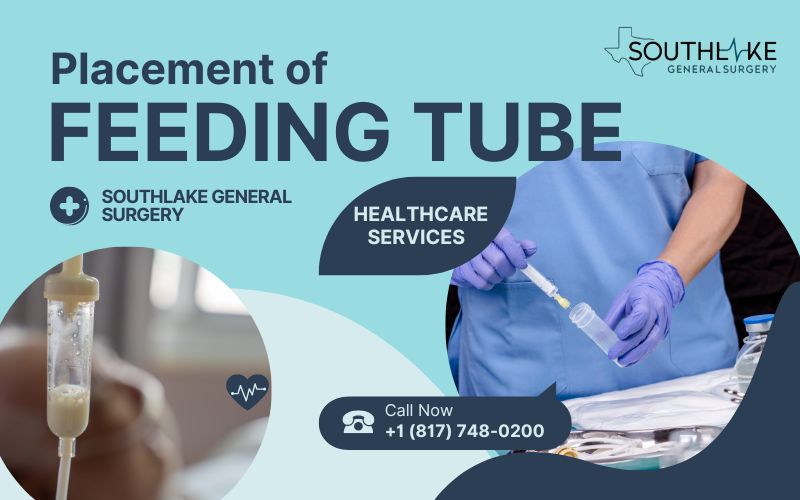
Placing a feeding tube requires skill and precision to ensure the safety and comfort of the patient. A trained healthcare professional, such as a nurse or doctor, typically performs the procedure in a hospital or clinical setting.
Before the insertion, the patient’s vital signs and medical history are carefully assessed to determine the appropriate type and size of the feeding tube. The insertion site is then prepared and sterilized to minimize the risk of infection.
Depending on the type of tube, the insertion may involve guidance from imaging techniques, such as X-rays or ultrasound, to ensure accurate placement. Once the tube is in place, it is secured in place with sutures or tape to prevent it from moving or dislodging.
Enteral vs. Parenteral Feeding
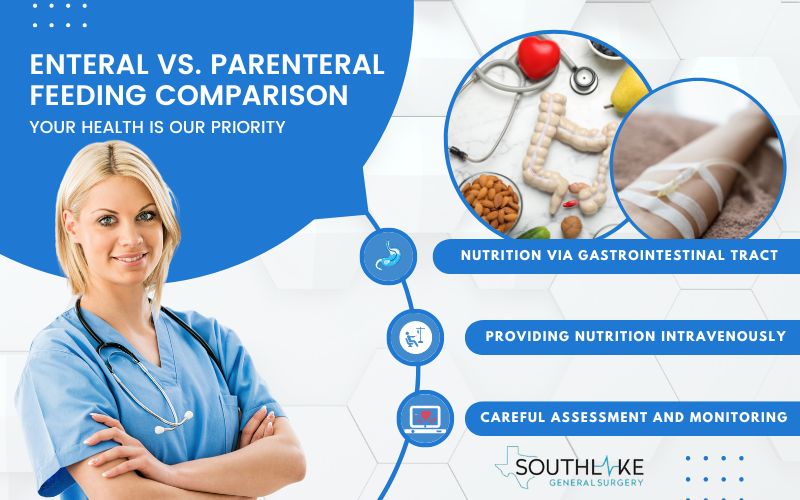
– Enteral feeding is a method of providing nutrition through the gastrointestinal tract, usually via a feeding tube.
– Parenteral feeding, on the other hand, is a method of providing nutrition intravenously.
– The choice between enteral and parenteral feeding depends on the patient’s ability to tolerate oral intake and the functioning of their gastrointestinal tract.
– Enteral feeding is generally preferred, as it helps maintain gut integrity and function.
– Parenteral feeding is usually reserved for patients who cannot tolerate enteral feeding or have severe malabsorption issues.
– Both enteral and parenteral feeding require careful assessment and monitoring by healthcare professionals to ensure adequate nutrition and minimize complications.
Potential Complications and Considerations of Surgical Nutrition
Some potential complications of enteral feeding include aspiration pneumonia, tube displacement or obstruction, and gastrointestinal intolerance.
- Aspiration pneumonia can occur if the feeding tube is not properly positioned, leading to the accidental inhalation of formula or stomach contents into the lungs.
- Tube displacement or obstruction can occur if the tube becomes dislodged or blocked, preventing the delivery of nutrients.
- Gastrointestinal intolerance can manifest as diarrhea, constipation, or abdominal discomfort and may require adjustments to the feeding formula or rate.
- Parenteral feeding, potential complications include catheter-related bloodstream infections, metabolic imbalances, and liver dysfunction.
These complications can be managed with proper monitoring and medical interventions. It is important to closely monitor the patient’s condition and make necessary adjustments to the feeding regimen to prevent complications. This can help ensure the patient’s safety and well-being during the feeding process.
Choosing Enteral Feeding: What to Consider
When considering enteral feeding, there are several factors to consider. One important consideration is the patient’s ability to tolerate the feeding method. Some patients may have difficulty with certain types of enteral feeding, such as nasogastric tubes or gastrostomy tubes.
It is crucial to assess the patient’s comfort and ability to manage the feeding method to ensure successful and safe administration.
Additionally, the nutritional needs of the patient must be carefully evaluated to determine the appropriate feeding formula. Different formulas are available to meet specific dietary requirements, such as high-protein or low-residue formulas.
The healthcare provider must consider the patient’s medical history, current health status, and any allergies or sensitivities when selecting a feeding formula. This is important to ensure the patient receives the appropriate nutrition for their specific needs. This will help prevent any potential complications and ensure the patient’s optimal health.
The Outlook and Considerations
When considering enteral nutrition, it is crucial to assess the patient’s outlook and any potential considerations. Factors such as the patient’s ability to tolerate the feeding formula, the duration of enteral nutrition needed, and the potential for long-term complications must be considered.
Additionally, the patient’s goals and preferences should be considered when determining the most suitable approach to enteral nutrition. It is essential to involve the patient in the decision-making process to ensure their comfort and adherence to the feeding regimen.
Regular monitoring and reassessment of the patient’s nutritional status and response to enteral nutrition are crucial to ensuring the best possible outcomes. This includes adjusting the feeding plan as needed to address any changes in the patient’s condition.
Seek Expert Guidance – Southlake General Surgery

Seeking expert guidance from a healthcare professional, such as a registered dietitian or a physician specializing in nutrition, can be invaluable when determining the most appropriate approach to enteral nutrition.
These experts can provide personalized recommendations based on the patient’s specific needs and medical history. They can also offer guidance on the selection of the most suitable enteral formula, considering factors such as the patient’s age, underlying medical conditions, and any allergies or intolerances.
Furthermore, they can assist in monitoring the patient’s progress and making any necessary adjustments to the feeding plan to optimize outcomes.
Dr. Valeria Simone MD, an experienced general surgeon at Southlake General Surgery, Texas, USA, emphasizes the importance of a comprehensive approach to feeding therapy. This includes considering the patient’s overall health and well-being. This approach ensures that the feeding therapy is tailored to meet the individual needs of the patient.
Make an Appointment

For more information on “Surgical Nutrition Insights” or to make an appointment with Dr. Valeria Simone MD at Southlake General Surgery, Texas, USA, you can contact our healthcare expert today at +1 (817) 748-0200. You can also make an online appointment with us.
During the appointment, Dr. Simone will conduct a thorough evaluation of the patient’s condition and discuss their medical history in detail. This information will help Dr. Simone create a personalized feeding treatment plan that considers the patient’s age, underlying medical conditions, and any allergies or intolerances.
The goal is to provide the most effective and safe treatment for the patient, while also promoting their overall health and well-being.
Frequently Asked Questions
How long does enteral nutrition typically last?
Enteral nutrition typically lasts for as long as the patient requires it. The duration can vary depending on factors such as the patient’s medical condition and their response to the feeding regimen. Regular monitoring and reassessment are important to determine if any adjustments need to be made to the feeding plan.
For example, a patient with severe malnutrition may require enteral nutrition for an extended period until their nutritional status improves. In this case, the feeding plan may need to be adjusted regularly based on the patient’s progress and any changes in their medical condition. Regular monitoring and reassessment would help ensure that the patient receives adequate nutrition and that their treatment plan is optimized for the best possible outcomes.
What are the potential complications of enteral nutrition?
Some potential complications of enteral nutrition include infection at the insertion site, diarrhea, and problems with tube placement. Regular monitoring and careful management can help minimize these risks and ensure the best possible outcomes for the patient.
Are there any dietary restrictions or modifications that need to be made while on enteral nutrition?
While on enteral nutrition, there may be dietary restrictions or modifications that need to be made depending on the patient’s condition. Consultation with a healthcare professional is necessary to determine the specific dietary needs and any necessary adjustments to the feeding plan.
For example, a patient with kidney disease may require a restricted protein intake while on enteral nutrition to prevent further damage to the kidneys. Additionally, patients with certain gastrointestinal disorders may need to avoid foods that are difficult to digest or can exacerbate their symptoms, such as spicy or fatty foods. A healthcare professional can assess the patient’s individual needs and make appropriate recommendations for their enteral feeding plan.
What are the different types of enteral nutrition formulas available?
There are several different types of enteral nutrition formulas available, including standard formulas, specialty formulas for specific medical conditions, and disease-specific formulas. The choice of formula will depend on the patient’s individual needs and goals for treatment.
For example, a patient with Crohn’s disease may require a specialty formula that is low in fiber and easily digestible to reduce inflammation and alleviate symptoms. On the other hand, a patient with kidney disease may benefit from a disease-specific formula that restricts protein and phosphorus intake to manage their condition. Healthcare professionals can carefully consider these factors and tailor the enteral feeding plan accordingly to optimize the patient’s nutrition and overall well-being.
How often should the patient be monitored for any complications or side effects of enteral nutrition?
A medical professional should regularly check the patient for any enteral nutrition-related issues or side effects. The frequency of monitoring will depend on the patient’s circumstances and the specific enteral nutrition plan being used.
For example, a patient with chronic kidney disease who requires enteral nutrition may need to be monitored more frequently for complications such as electrolyte imbalances or fluid overload. In this case, regular check-ups every 1-2 weeks may be necessary to ensure the patient’s condition is properly managed. On the other hand, a patient with a less complex condition may only require monthly check-ups to assess their response to enteral nutrition and make any necessary adjustments to their feeding plan.
Are there any alternative options to enteral nutrition that should be considered for the patient’s specific needs?
There may be alternative options to enteral nutrition that should be considered for the patient’s specific needs. These options can be discussed with a healthcare professional to determine the best course of treatment for the patient.
Medically Reviewed By: Dr. Valeria Simone MD
Board-certified General Surgeon at Southlake General Surgery, Texas, USA.
Follow us on Facebook and YouTube.
References:
- Adeyinka, A. (2022, December 26). Enteric Feedings. StatPearls – NCBI Bookshelf. https://www.ncbi.nlm.nih.gov/books/NBK532876/
- Fuchs Tarlovsky V. Alimentación vía enteral. Importancia en la práctica clínica [Enteral feeding. Importance in clinical practice]. Rev Gastroenterol Mex. 1999 Apr-Jun;64(2):95-100. Spanish. PMID: 10532136.
- Types of tube feeding. (n.d.). Coping | Cancer Research UK. https://www.cancerresearchuk.org/about-cancer/coping/physically/diet-problems/managing/drip-or-tube-feeding/types
- Silk, D. B. A. (2003, January 1). Enteral vs parenteral nutrition. Clinical Nutrition. https://doi.org/10.1016/s0261-5614(03)00156-0
- Reddick, C. A., Greaves, J., Flaherty, J. E., Callihan, L. E., Larimer, C., & Allen, S. A. (2023, March 14). Choosing wisely: Enteral feeding tube selection, placement, and considerations before and beyond the procedure room. Nutrition in Clinical Practice. https://doi.org/10.1002/ncp.10959

